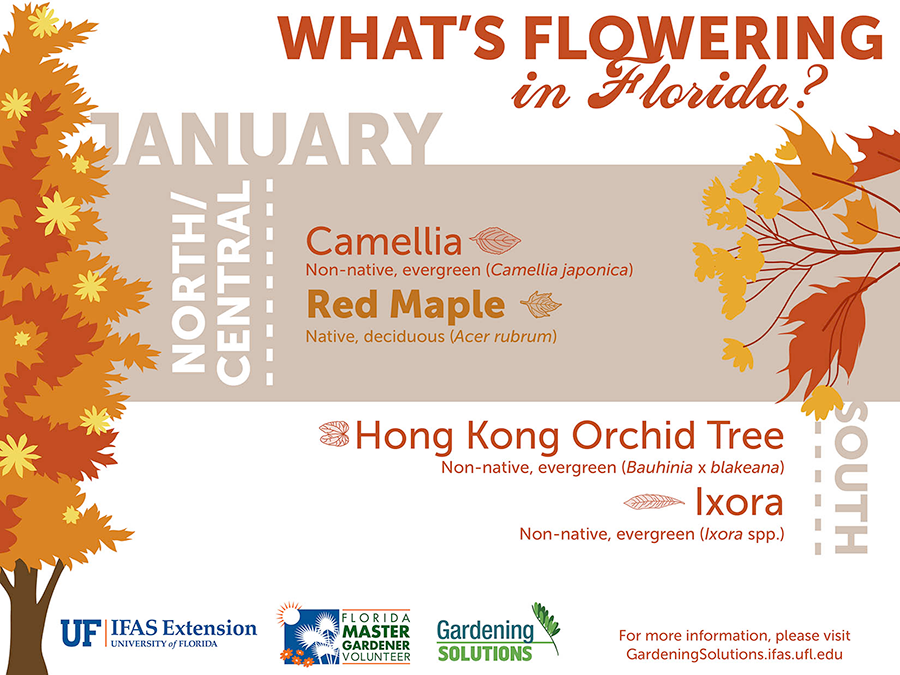The Eco-Friendly Advantages Of Stump Grinding: A Responsible Strategy To Land Management
The Eco-Friendly Advantages Of Stump Grinding: A Responsible Strategy To Land Management
Blog Article
Content Writer-
When it pertains to land management, have you taken into consideration the durable advantages of stump grinding? By resolving the residues left after tree removal, this method not just help in soil wellness enhancement but additionally plays an essential duty in preventing erosion and sustaining biodiversity. The ecological advantages of stump grinding prolong much past simple aesthetic appeals, providing a sustainable option that harmonizes with nature's elaborate systems.
Dirt Wellness Enhancement
Seeking to boost the quality of your soil? Stump grinding can be a game-changer for enhancing soil health and wellness on your building. By eliminating old tree stumps, you're developing space for brand-new development and permitting necessary nutrients to return to the dirt.
As the stumps break down with time, they launch raw material, improving the dirt and advertising better plant growth.
Additionally, stump grinding assists to aerate the soil, allowing for far better water seepage and root advancement. Compacted dirt can prevent plant growth and water absorption, yet by grinding stumps, you're loosening up the dirt and producing a healthier atmosphere for your plants.
Moreover, stump grinding can also assist to prevent insect problems and conditions that old stumps may draw in. By removing these potential hazards, you're creating a more secure and much more productive landscape.
Erosion Avoidance
To stop dirt erosion efficiently, stump grinding plays an important role in maintaining the security and stability of your land. By removing unpleasant stumps from your building, you're additionally lowering the threat of erosion caused by water drainage. Stump grinding gets rid of barriers that can interfere with the natural circulation of water across your land, protecting against dirt disintegration at the same time.
When auckland landscape are left untouched, they can function as obstacles to water circulation, creating soil to wash away throughout heavy rainfalls. https://www.bobvila.com/articles/best-loppers/ damages your land yet likewise contributes to sedimentation in close-by water bodies, harming marine ecosystems.
Stump grinding aids to avoid these issues by leveling the ground and promoting correct drain, reducing the possibility of erosion.
Biodiversity Assistance
Maintaining healthy and balanced biodiversity on your land is vital for developing a thriving ecosystem. By utilizing stump grinding as a sustainable land management practice, you can significantly support biodiversity.
Stump grinding helps promote biodiversity by developing new environments for numerous plant and animal varieties. The elimination of stumps enables the regeneration of indigenous plants, which subsequently draws in a diverse variety of wild animals. Bugs, birds, and small animals thrive in these newly easily accessible locations, contributing to the general biodiversity of your land.
Additionally, stump grinding helps prevent the spread of conditions and bugs that can hurt plant varieties, hence protecting the ecological balance on your home. By eliminating old stumps, you develop space for new plant growth, which enhances the general wellness of the ecosystem.
This much healthier environment sustains a larger range of species, promoting biodiversity and creating a more durable community in the long-term. Welcoming stump grinding as part of your land management technique can have enduring positive results on the biodiversity of your land.
Verdict
By using stump grinding as a lasting strategy to land management, you can boost soil health, stop erosion, and support biodiversity. This environmentally friendly technique not just profits the ecosystem however also advertises the growth of greenery and creates environments for numerous plant and pet species. Make a favorable effect on the setting by including stump grinding right into your land management practices.
